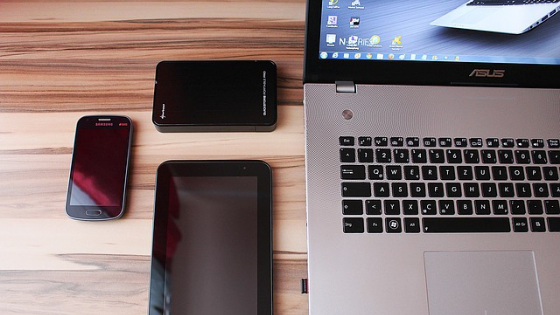Formatting an external hard drive may be a simple procedure, but one that requires some care depending on the use of the disk or which operating system it will use. In this tutorial, you will learn all these details and learn how to format an external hard drive in both Windows and macOS.

Why format an external hard drive?
An external hard drive may come with a number of manufacturer-included programs and files, useful or not for the user. If you just want to use the drive as a backup disk to carry your data or unmount the case to install the disk in a laptop, desktop or video game console, you should format the hard drive.
Also, depending on where and how you plan to use the external hard drive, formatting it may be necessary to allow it to be recognized by a particular operating system, thanks to t
he file system.
What is file system?
The file system is the way a system stores and organizes its files. When formatting a hard drive, you are not only erasing data but also defining a file system, which can be changed as needed.
The file system types are:
- NTFS: This is the current default Windows format. NTFS disks can be read and data can be written to it easily on Microsoft systems, however macOS and Linux are only
able to read data on them natively, not save. This requires third party programs; - FAT32: The oldest file system still in use, often used by USB sticks and memory cards. Although you can format an external or even internal hard disk in FAT32 and it will be recognized by Windows, macOS, Linux and legacy systems, with read and write support, you will not be able to save files lar
ger than 4 GB in it; - ext2, ext3 and ext4: Ext systems are unique to Linux, ranging from ext2 (which had no file log) to current ext4, which supports large files and an unlimited number of directories;
- exFAT: ExFAT (or FAT64) is a less common standard developed by Microsoft as an option to FAT32 without limiting file size. It is widely used in Flash memory drives and is compatible with Windows and macOS;
- APFS: The default file system for macOS since High Sierra (2017), it has robust encryption for added security. It is only compatible with Macs, with hard drives that use this system requiring third party programs to be recognized by Windows.
How to format an external hard drive
1. In Windows 10
- Open File Explorer and click “My Computer”;
- With the external hard drive connected, right click on the drive and then “Format”;
- Click on “File System” and choose the file system you want to use;
- In “Volume Label”, type a name for the drive;
- Check the “Quick Format” option if you only want to erase the data or uncheck it if you want to do deep formatting;
- Click on “Start”;
- Wait for the process to finish and confirm the information.
And ready.
In Windows, it is good practice to give preference to slow formatting (uncheck the “Quick Format” box) to prevent errors from being introduced into the process, and to ensure that formatting is done in the best way. The process is much longer, but depending on use it is safer to use thi
s method.
2. In macOS
- Open Finder, click “Applications,” “Utilities,” “Disk Utility”;
- In the left tab, right-click on the external hard drive and then “Delete”;
- In “Name”, type the name you want to use with the external hard drive;
- Under “Format,” choose the file system you want to use;
- No need to tinker with “Layout” if available, leave it as it is;
- Click on “Delete” and wait for the operation to finish.
And ready.
Apple does not provide a quick formatting mode through macOS, but in any case the process is not time consuming and quite safe.
